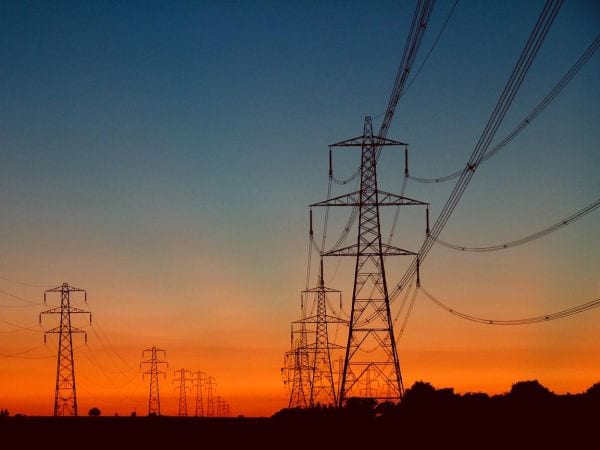The refusal of Australian utilities to recognise the value of local generation – such as rooftop solar and battery storage – means that they are undermining their own business models and effectively accelerating the “death spiral” they fear so much.
That’s the broad but inescapable conclusion of a new government-funded study that looks at the current tariff structure in much of Australia, and whether individual consumers, the utilities, and the broader community are getting value for money.
The study points out that “perverse” effects of the utilities’ and regulators’ insistence on offering paltry rewards for exports into the grid from rooftop solar and other localised generation.
These tariffs – like many being introduced by utilities – is designed to protect the revenue of the incumbents. But the study points out that this is ultimately self defeating – because it simply provides incentives for homes, businesses and even communities to cut themselves off the grid, even when staying on the grid could offer greater benefits for those consumers, the utilities themselves and other consumers.
Much has been made – by the incumbent utilities, some regulators and the popular press – about the cost of premium feed-in tariffs for rooftop solar.
But little is made of the potential huge distortions from the paltry tariffs now offered by the utility, which do not recognise the network value and other benefits of distributed generation.
Jay Rotovitz, from the Institute for Sustainable Futures in Sydney, has been working on a government-funded project – Facilitating Local Network Charges and Virtual Net Metering – that looks at what would happen if the owners of local generation received a network credit and were able to trade with others.
Right now, no local network credit is offered. Local generators are treated the same way if they are 3 metres away from the point of consumption than if they were located 1,000km away – despite the obvious benefits.
“This is a really good example of how the market is not working and why we really need to change it,” says Rotovitz, during a presentation at the Local Energy & Microgrids conference co-hosted by RenewEconomy and One Step Off The Grid in Sydney last week.
“The market is structured badly, and we are going to get perverse outcomes unless it is changed.”
The study, which modeled the benefits of local network credits and local energy trading (also known as virtual net metering), found that the current structure creates a “perverse” incentive to duplicate infrastructure.
It also offers little financial incentive to export energy, discourages cost-effective distributed generation, because sizing would be sub-optimal, and creates a strong incentive for customers/product developers to keep generation “behind the meter”, leaving an under-utilised network.
One illustration is the outback Queensland town of Winton, which has been looking at exploiting near-surface geothermal resources to provide geothermal energy to the council and 29 of its buildings.
Currently, the average cost of energy (but not their actual tariff) is 21.4c/kWh, and adding geothermal with no change in tariffs would actually cause costs to increase slightly. But the costs come down if local energy trading is allowed (allowing the buildings to sell to each other) and if a local network credit is also introduced.
If both these measures were taken, the effect would be quite substantial – with costs coming down by around 30 per cent. Winton could achieve similar costs if it took those buildings off the grid, and built its own electricity network.
But if they did build their own “private wire” to deliver the sort of incentives denied of them in the main grid, then the infrastructure would be duplicated, and the main network would still seek to recoup its costs elsewhere (from other consumers). With some proper thinking about network tariffs, then both parties – and other consumers – would be better off.
The modelling at other facilities in Byron Bay, suburban Sydney and regional Victoria came up with similar results: i.e. that the networks – and the consumers – would be better off if the tariffs were adjusted and local generation was encouraged rather than penalised.
That is not the way that most networks are thinking, however. But change may be on its way. The Total Environment Centre, along with the Property Council of Australia and the City of Sydney, has proposed rule changes that would introduce local network credits and allow for local energy trading.
The City of Sydney, in particular, has been frustrated by rules that have prevented it selling electricity generated in one building to another. A decision is due in July.












